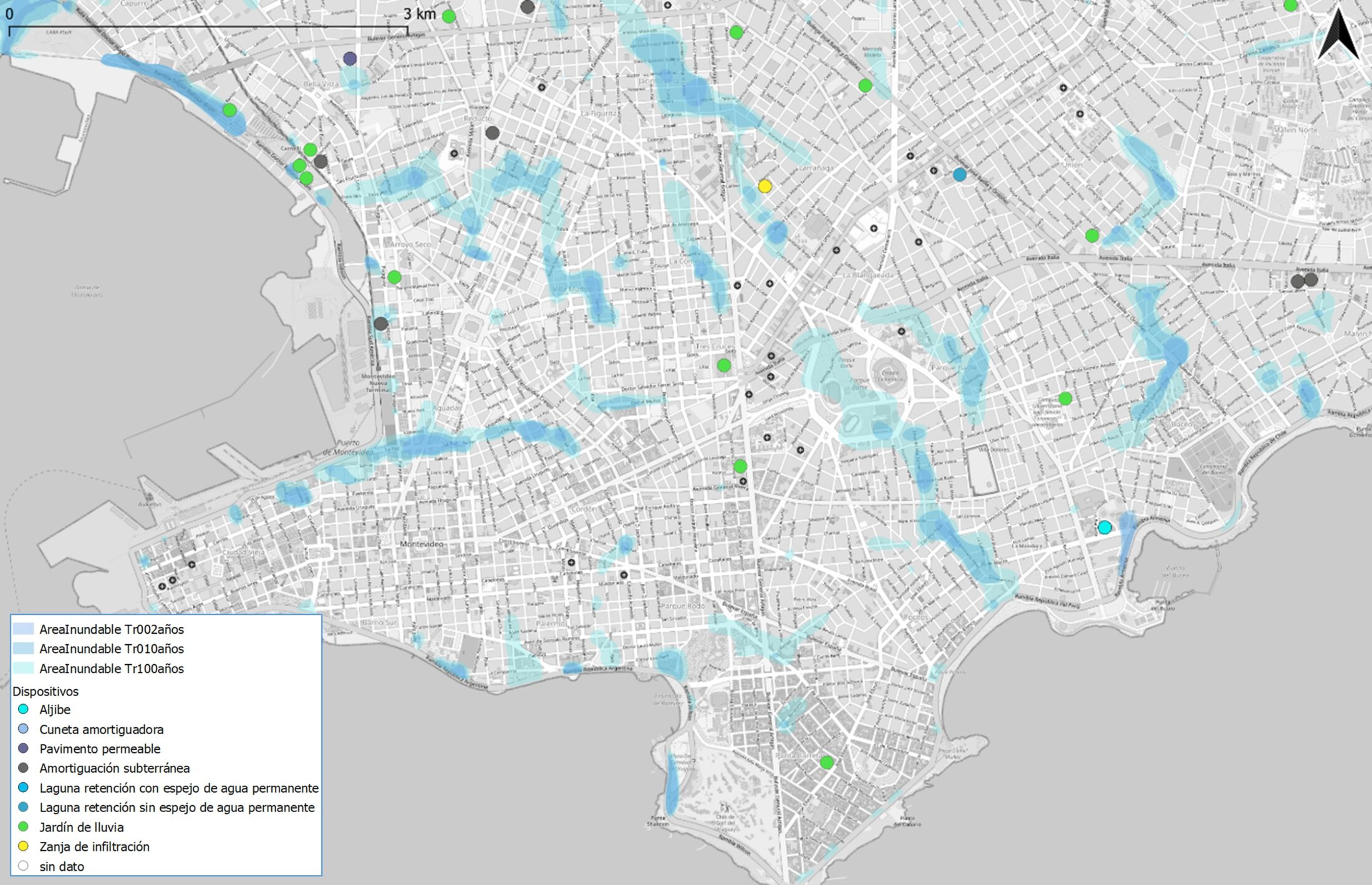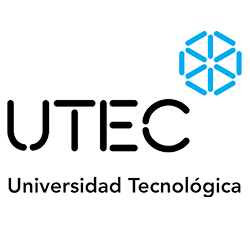Integrating sustainable drainage into urban plans and projects (Uruguay)

Pluvial flooding attributable to sub-standard storm-water infrastructure incurs ≈ US$ 211 million a⁻¹ (≈ 0.3 % GDP) in Uruguay and affects up to 4 % of residents. Sustainable Urban Drainage Systems (SUDS) attenuate peak discharges and deliver water-quality and amenity co-benefits, yet their diffusion is limited by regulatory and technical bottlenecks. This study synthesised international practice, interrogated national and departmental statutes, and analysed 2008-2022 permitting records for Montevideo to determine how policy leverages private implementation.
The share of departments incorporating SUDS in public drainage assets rose from 21 % to 58 % between 2008 and 2022, with an 80 % ceiling once planned works are completed. Eleven of nineteen departments cap impervious surface ratios and four mandate SUDS when thresholds are surpassed. In Montevideo, successive ordinances precipitated a marked escalation in approved devices, generating annual private capital outlays of ≈ US$ 2.2 million—14 % of the municipal storm-water budget. Device typology mirrors peak-flow compliance criteria: dry detention basins account for 49 % of installations, subsurface retention tanks 18 %, and, after legal endorsement, bioretention gardens 9 %. Mean unit cost is US$ 52 k; swales and detention basins provide the most cost-efficient runoff attenuation. Spatial deployment is decoupled from documented flood hotspots, and prevailing standards omit pollutant-removal objectives.
Findings indicate a favourable institutional context that nevertheless requires harmonised imperviousness metrics, catchment-specific mandates, revision of Municipal Law 9515/935, and prescriptive design manuals. These regulatory enhancements, underpinned by interdisciplinary research, could mainstream SUDS nationwide and fortify Uruguay’s climate-resilient urban water governance.

